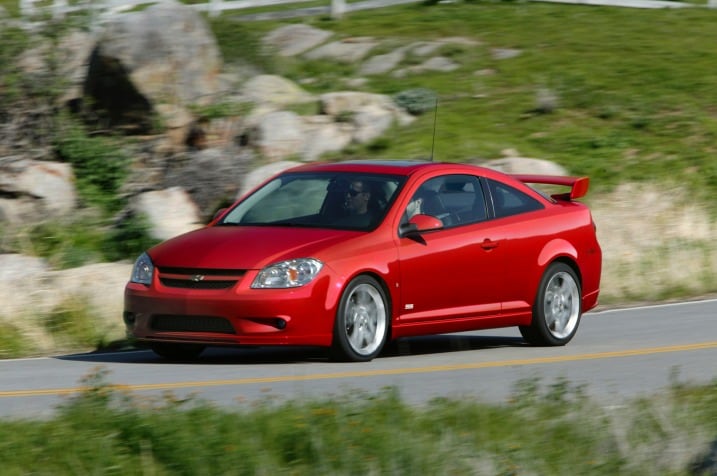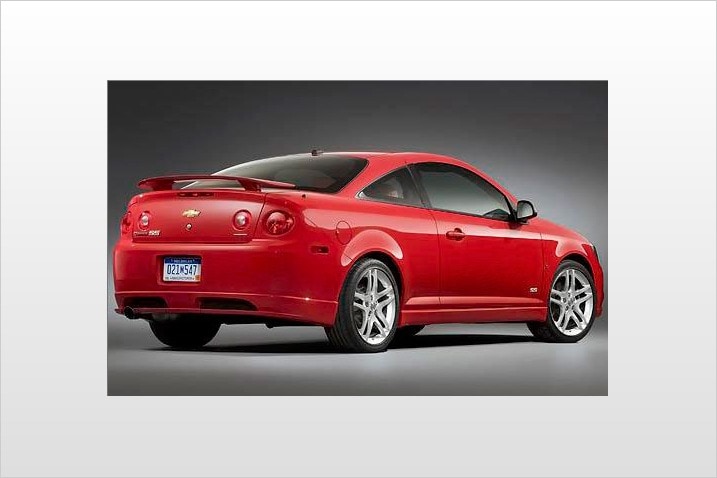Not Like It Used To Be
Because it has so many brands under one corporate parent, General Motors is the classic example of a company that found efficiencies by issuing virtual carbon copies of its cars across numerous brands. At one point in its history, GM even had sextuplets. But in today's world of customization and target marketing, the company is tailoring its vehicles to appeal to different customers.
"In recent times we've placed much more focus on the type of customer for a particular brand, to what type of features and styling appeals to a Buick Enclave customer versus that of our new Chevrolet Traverse," says GM spokesman Jim Burke. "While it's true that the vehicles share common chassis and powertrain attributes, really the customer doesn't see or touch these 'black metal' attributes. We've really worked to differentiate and distinguish the models from the standpoint of exterior and interior design."
So, for example, the Traverse's sheet metal is mostly unique, sharing only its roof and liftgate with its siblings. Its dual-cockpit design — the way the dashboard arches up from the center stack on both sides — is unique to Chevrolet and harkens back to Corvettes of 50 years ago. The instrumentation and door pads are also unique to the Traverse.
But design isn't the only feature that distinguishes the quads. According to Burke, customers are also attuned to the driving characteristics a particular brand is known for. So Chevy customers expect tighter steering and suspension, whereas Buick customers expect a softer, more luxurious ride.
It also held true in the past that twinned vehicles could be distinguished by the packaging of standard features and options: An item buried in an options package on one twin might be standard equipment on the other twin. That's far less true today than just a few years ago, but it's still worth reading those features and options lists carefully. In the case of the GM quads, whether a rearview camera, memory seats, Bluetooth or power rear liftgate is available as either standard or optional depends on which of the quads — and which of the trim levels — you choose.
More important may be the differences that exist in warranty coverage. This happens largely because vehicle twins exist today not only across brands within a company, but across different companies that share their engineering. A Pontiac Vibe, for example, is backed by GM's five-year/100,000-mile drivetrain warranty; whereas its twin, the Toyota Matrix, has five-year/60,000-mile drivetrain coverage. Even bigger warranty discrepancies can exist if one twin is from a luxury brand and another is not, such as the Lexus ES 350 and the Toyota Camry.
One last thing to consider when comparing twins is resale value; mechanically identical cars can still have differences when you try to sell them. For example, as of this writing, the GMC Yukon Denali depreciates $31,643 in five years. Its twin, the Cadillac Escalade, depreciates by almost $10,000 more. While this kind of discrepancy isn't common, it's a good idea to use our True Cost to OwnSM (TCO) tool to compare the full five-year costs of owning the vehicles you're comparing.



 by
by 
